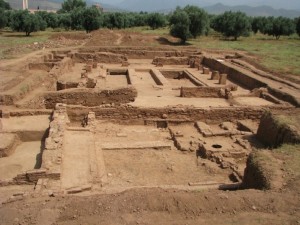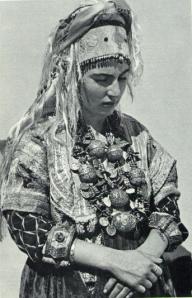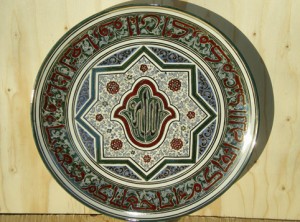Archive for December, 2012
The Medieval site of Aghmat can be found beside the modern village of Ghmat which is 30 km south east of Marrakech in the northern foothills of the Atlas Mountains in Morocco. Professor Ron Messier, Professor Emeritus Middle Tenessee State University and Senior Lecturer in history at Vanderbilt University and…
The busy medinas of Morocco with their maze of zig-zagging streets reveal the daily life as it was for Morocco’s jewish population who lived in the mellahs the walled-in old sections of the cities of Rabat, Fez, Marrakech and Casablanca. The daily haggling over food and handicrafts as the Muslim…
Morocco has an ancient tradition of jewelry craftsmanship which continues today. Morocco’s Jewish population grew over many centuries and they were the artisans who created the jewelry as the muslims for religious reasons would not work with silver and gold. The jews and the berbers intermarried and there were a…
There are many Moroccan designers, artists and craftsmen breaking new ground and leading innovations in lifestyle and creativity. Moroccan Designers Ahmed Laghrissi, Hicam El Madi and Myriam Mourabit are three exceptional practioners of their art. All were born in Morocco and have been influenced by either great family artists, their…





